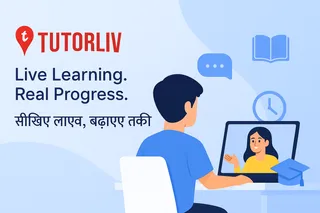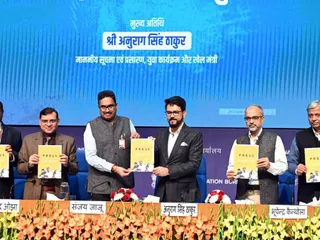The Ramayana and the Ramcharitmanas are two cornerstone texts in Hindu mythology, both narrating the life and adventures of Lord Rama. While sharing a common core narrative, they differ significantly in their style, focus, and interpretation, making them distinct literary and religious works.
The Ramayana: The Original Epic
The Ramayana, attributed to the sage Valmiki, is considered the older of the two epics. Composed in Sanskrit, it is a more concise and epic poem, primarily focusing on the heroic deeds and adventures of Rama. The narrative is straightforward, emphasizing the epic scope of Rama's battles, his unwavering adherence to dharma (righteousness), and his exemplary qualities as an ideal king and human being. Valmiki's Ramayana delves into the complexities of human relationships, portraying the characters with a degree of realism and ambiguity.
The Ramcharitmanas: A Devotional Retelling
Tulsidas's Ramcharitmanas, written in Awadhi, a dialect of Hindi, is a later work that retells the Ramayana story. While retaining the fundamental narrative, the Ramcharitmanas significantly departs in its style and focus. It's a devotional poem, emphasizing the bhakti (devotion) aspect of Rama's life. Tulsidas portrays Rama as the supreme deity, emphasizing his divine nature and miraculous powers. The Ramcharitmanas' narrative is more elaborate, often incorporating philosophical and spiritual elements absent in the Ramayana.
Key Differences:
- Language and Style: The Ramayana is in Sanskrit, known for its formal and classical style. The Ramcharitmanas is in Awadhi, a vernacular language, employing a more accessible and lyrical style that readily connects with a wider audience.
- Focus: The Ramayana is a heroic epic emphasizing Rama's actions and adventures. The Ramcharitmanas is a devotional work focusing on Rama's divine nature and the path to spiritual liberation through devotion.
- Length and Detail: The Ramcharitmanas is significantly longer than the Ramayana, providing more detail and elaborating on various aspects of the narrative, particularly Rama's inner life and his relationship with his devotees.
- Interpretation: While both portray Rama as an ideal figure, their interpretations subtly differ. The Ramayana presents Rama as a heroic king embodying dharma, whereas the Ramcharitmanas portrays him as a divine incarnation embodying supreme love and compassion.
- Character Development: Certain characters receive more significant development in the Ramcharitmanas. For example, Sita's suffering and her unwavering devotion to Rama are presented with greater emotional depth.
Similarities:
Despite the differences, both epics share the same central narrative: Rama's exile, his battle against Ravana, his rescue of Sita, and his eventual return to Ayodhya. Both texts serve as important moral and spiritual guides, emphasizing virtues like dharma, righteousness, and devotion.
In conclusion, both the Ramayana and Ramcharitmanas are invaluable literary and religious works. While the Ramayana provides a classic epic narrative, the Ramcharitmanas offers a deeply devotional and accessible retelling, enriching our understanding of Lord Rama and the essence of Hindu dharma. Understanding their differences enhances appreciation for the richness and complexity of the Ramayana tradition.






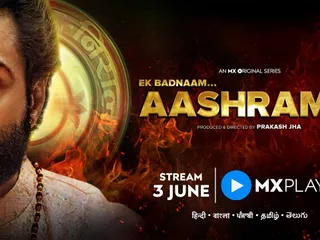

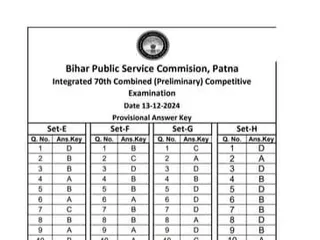







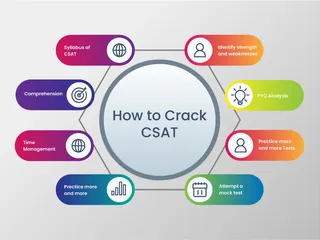




-(20)jpeg-1745030278713.jpeg.webp)










